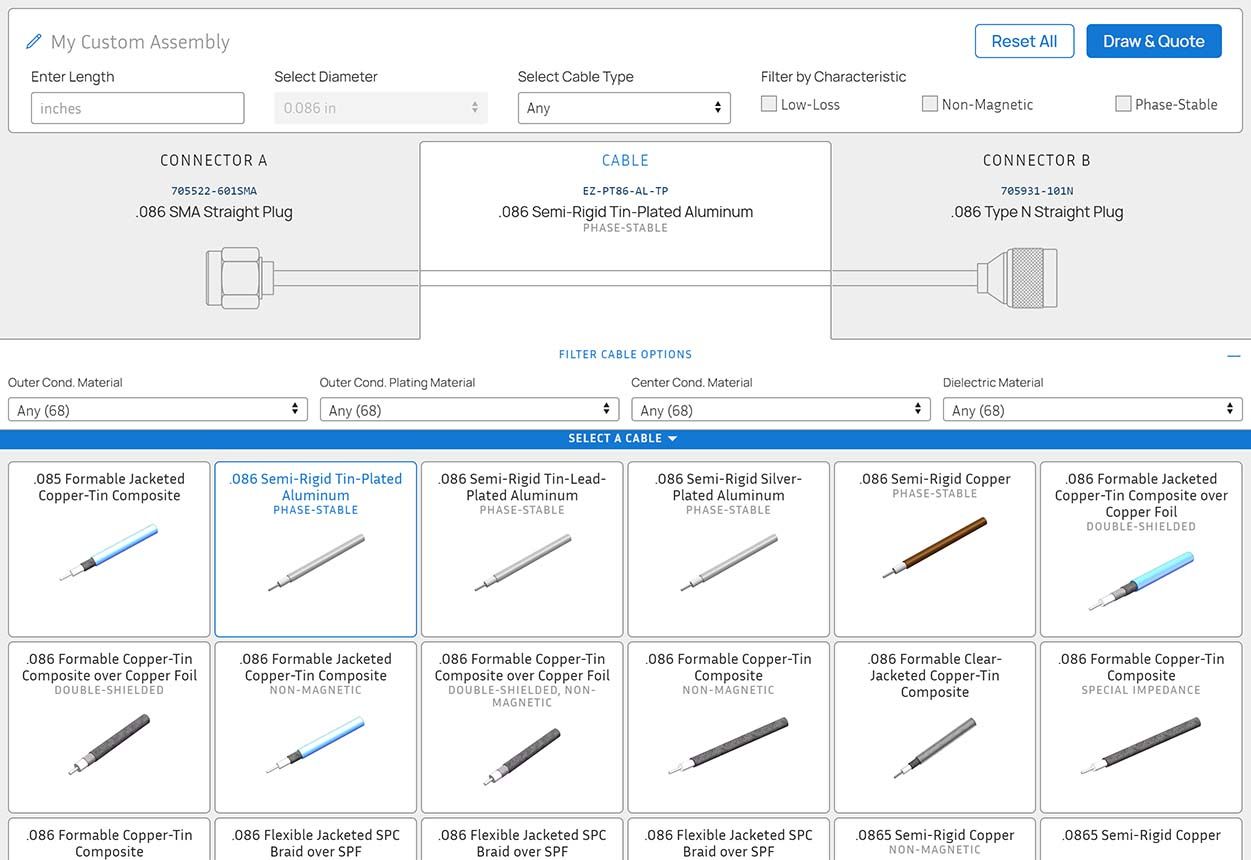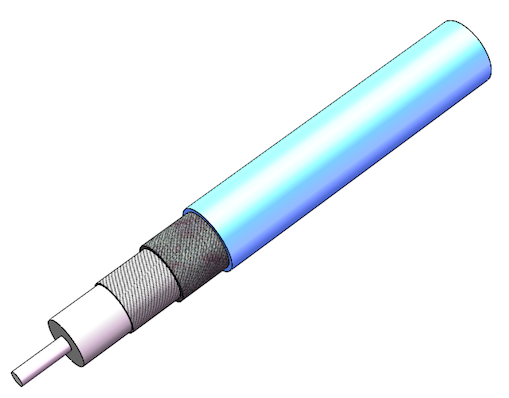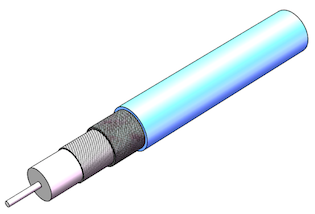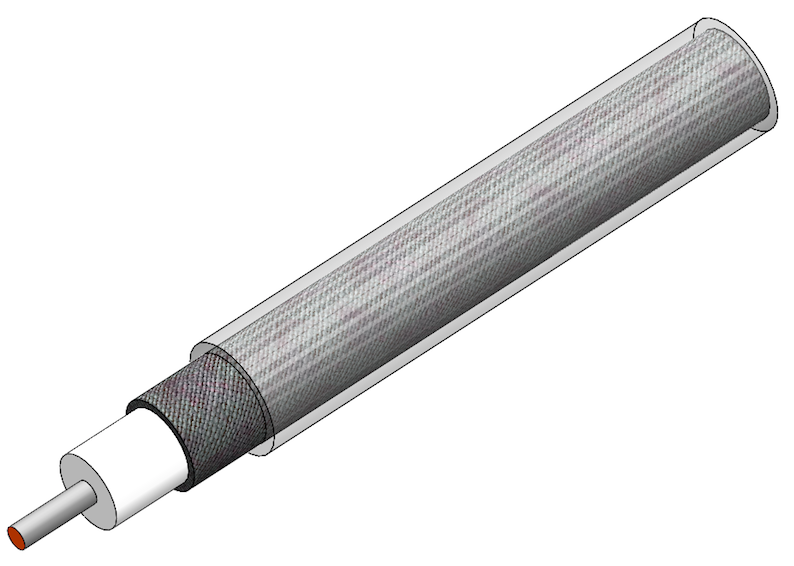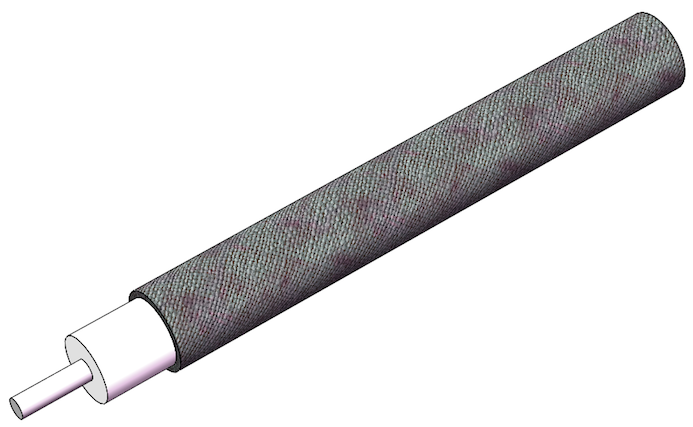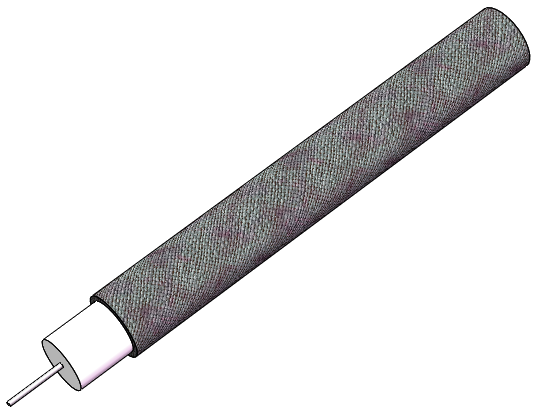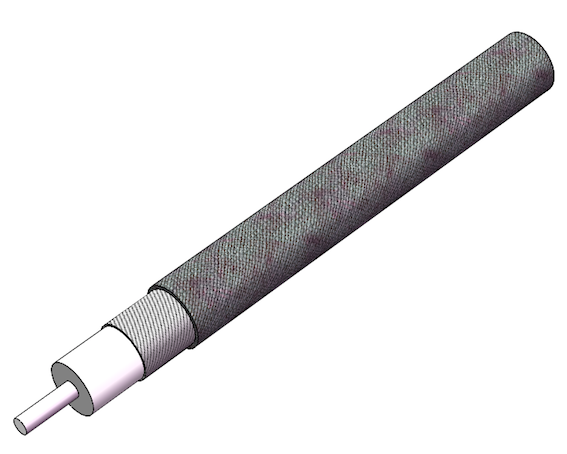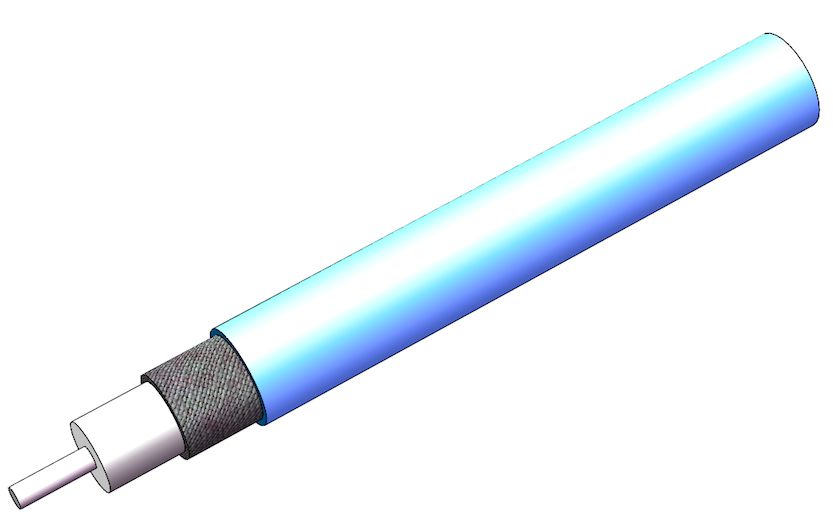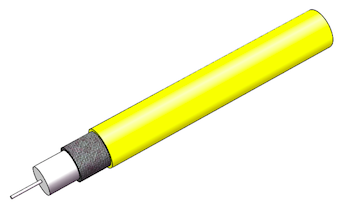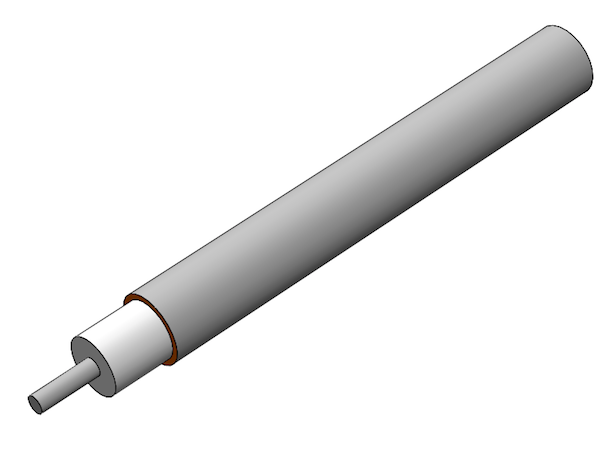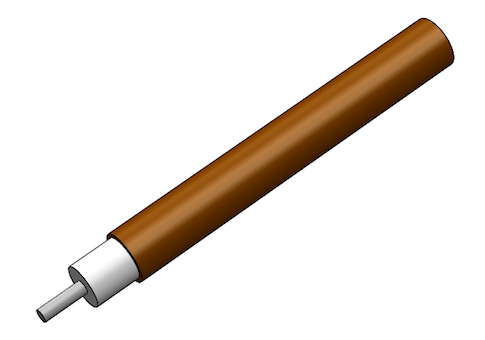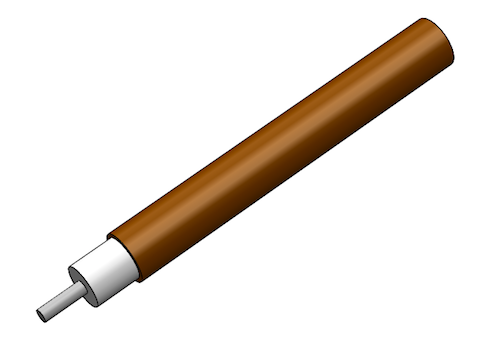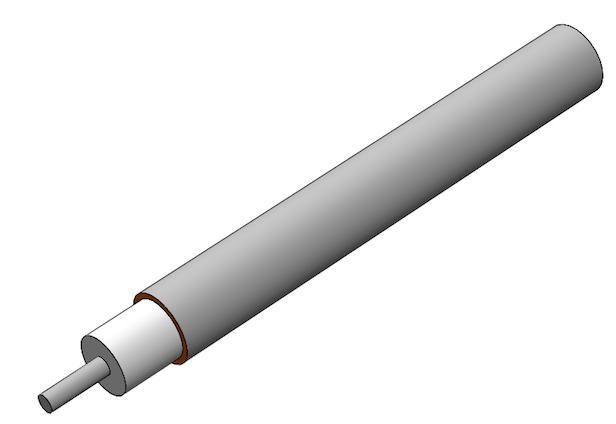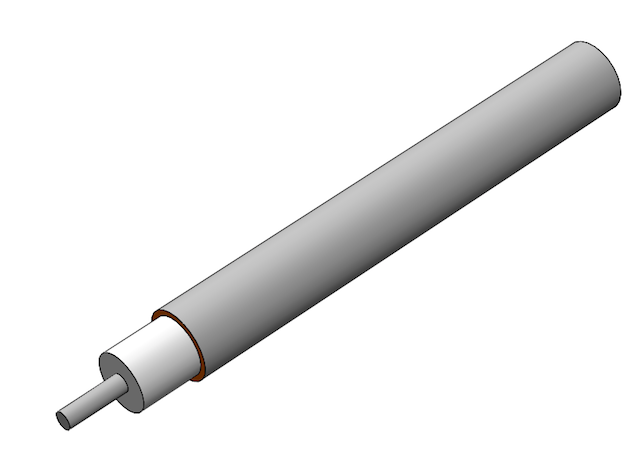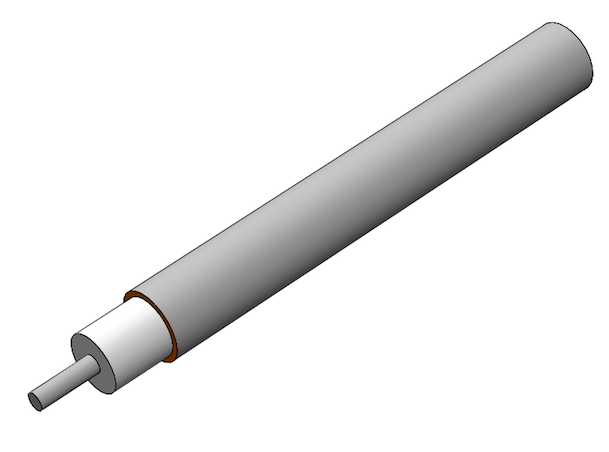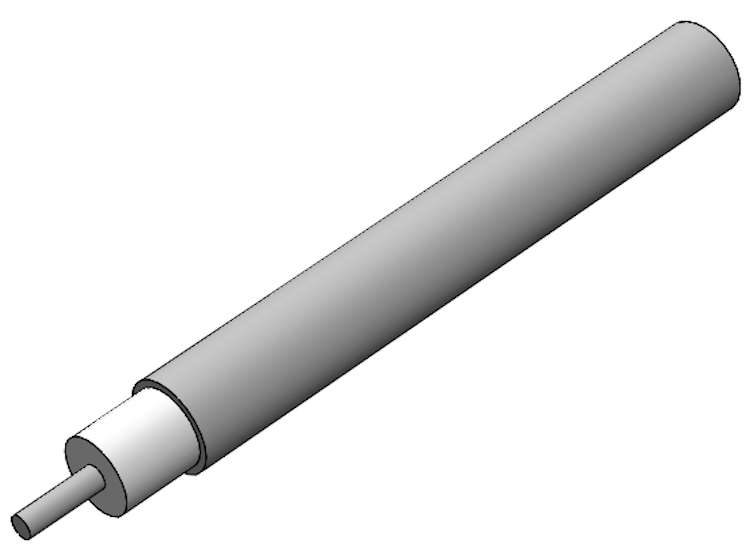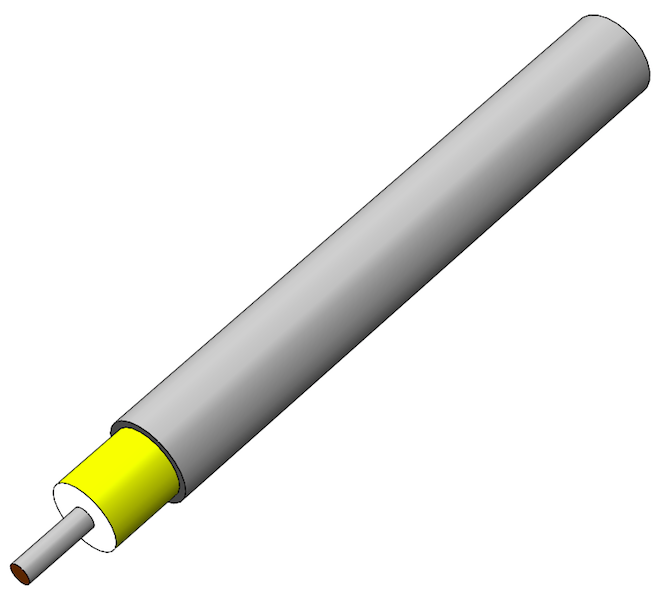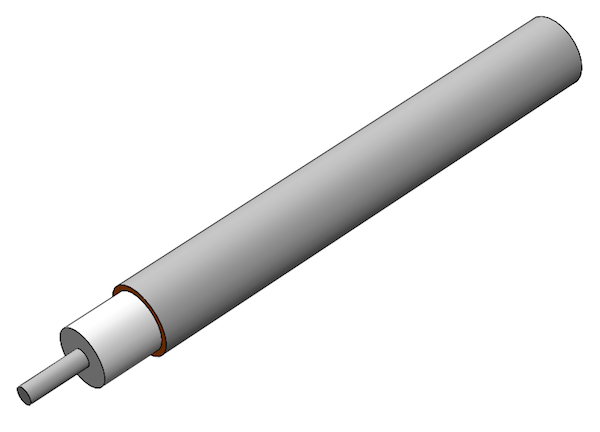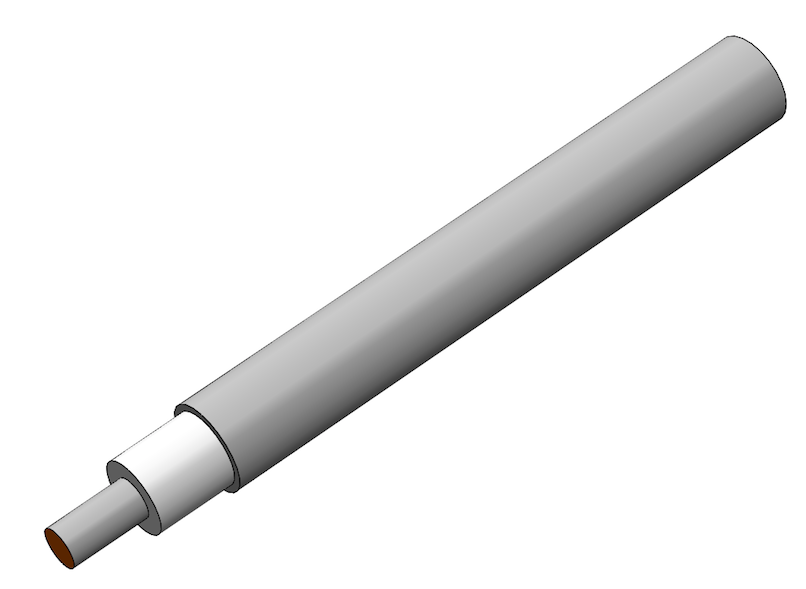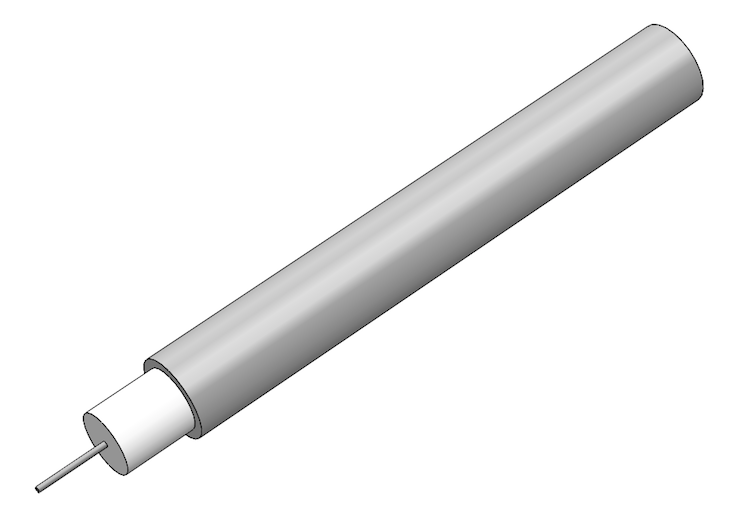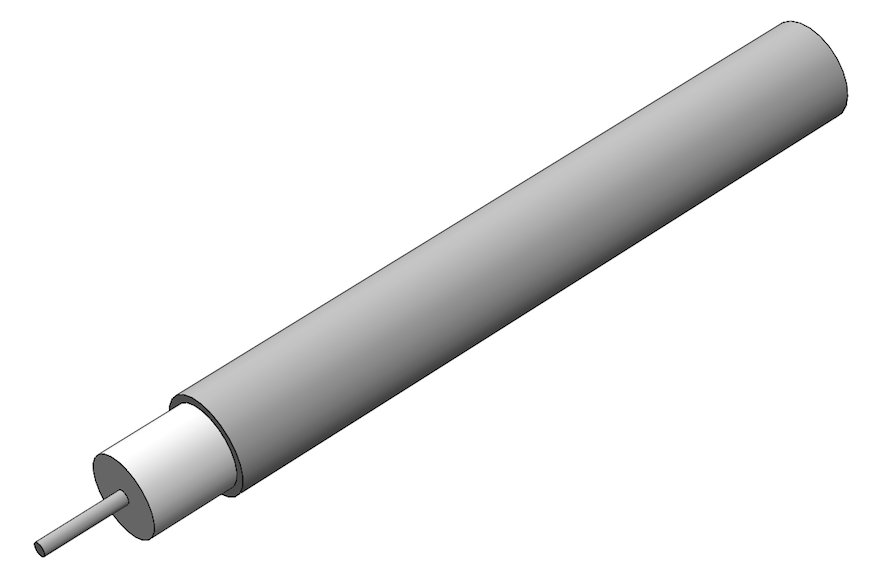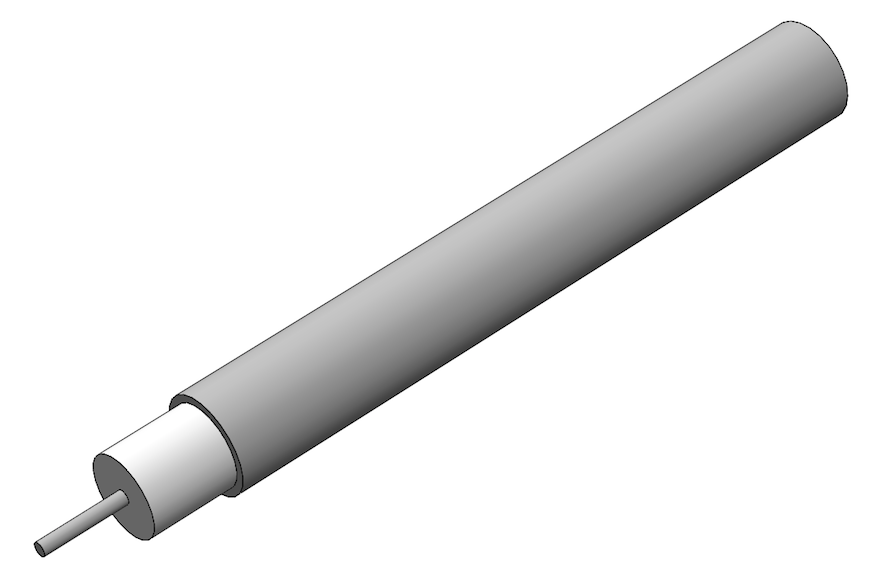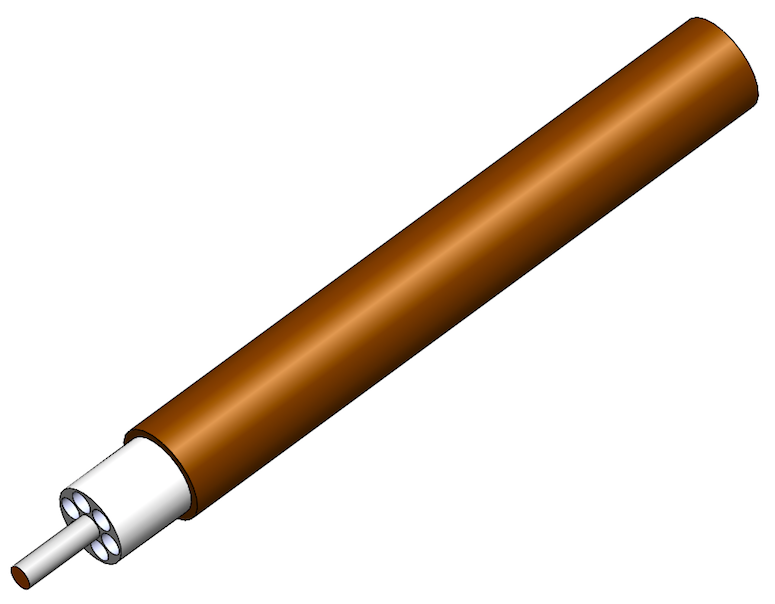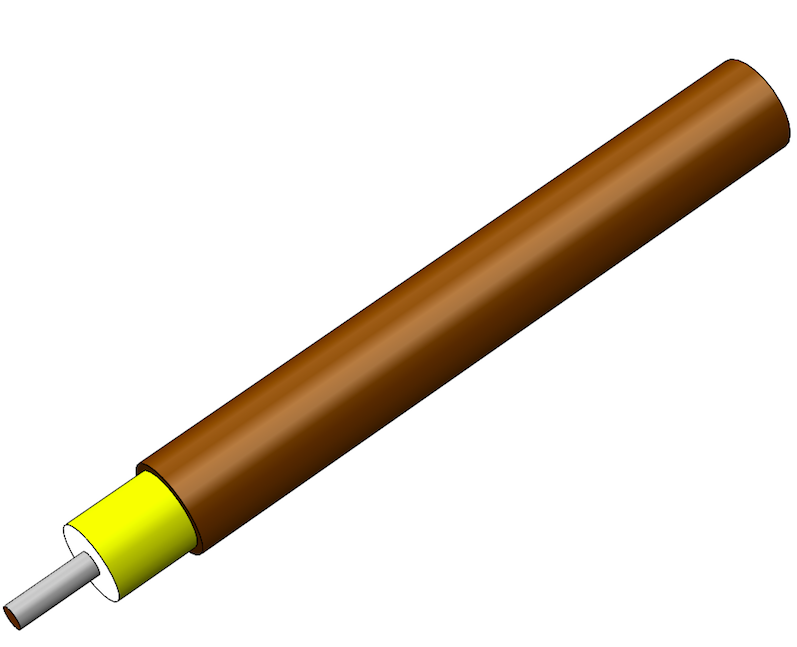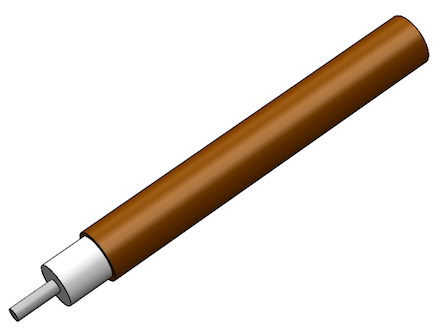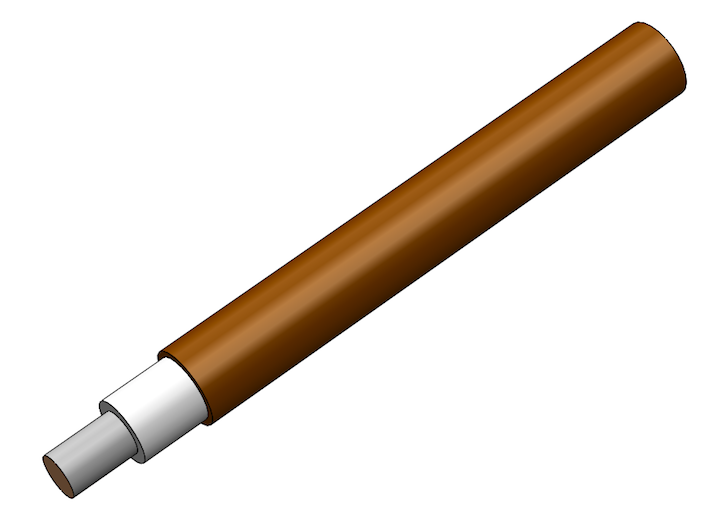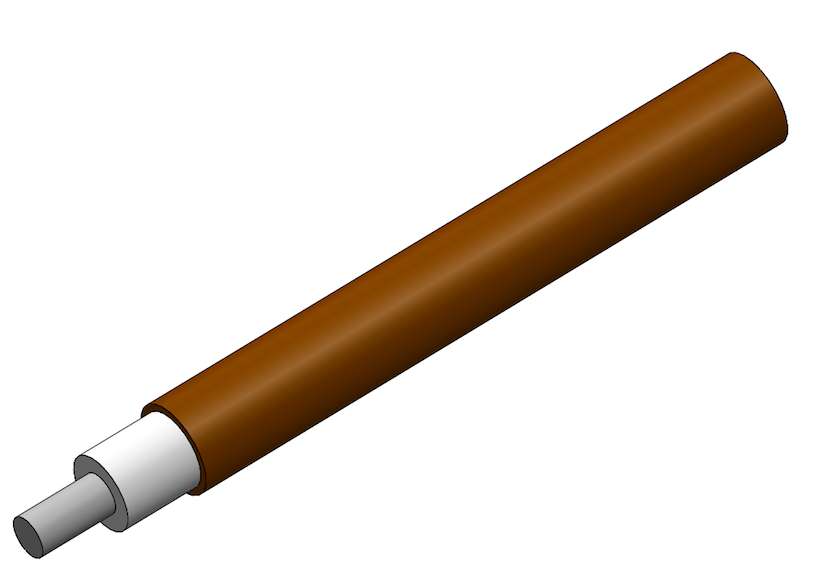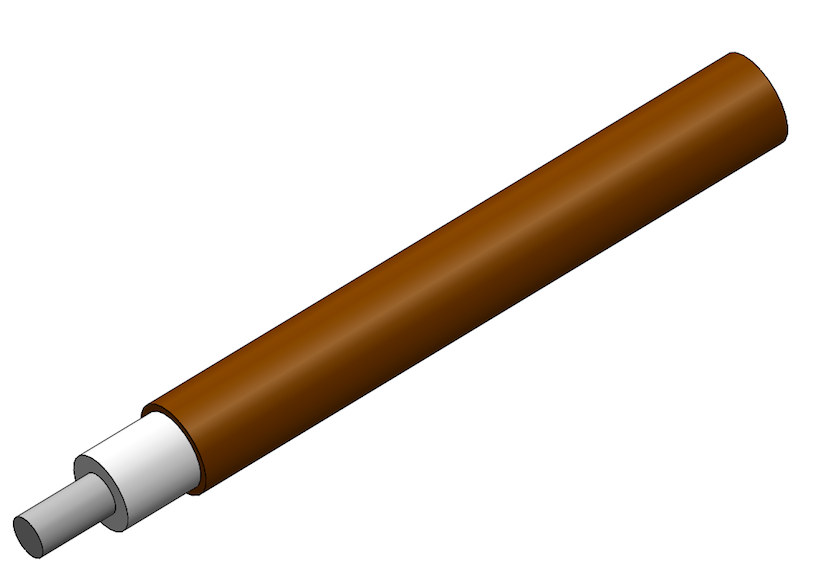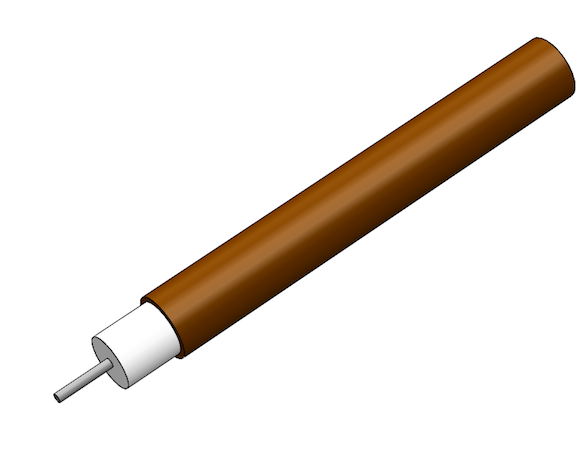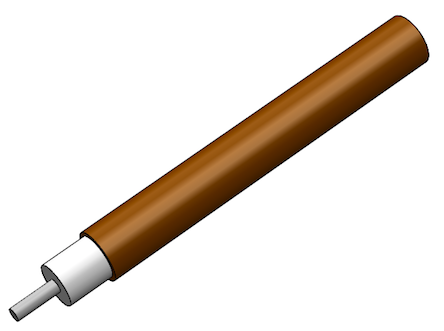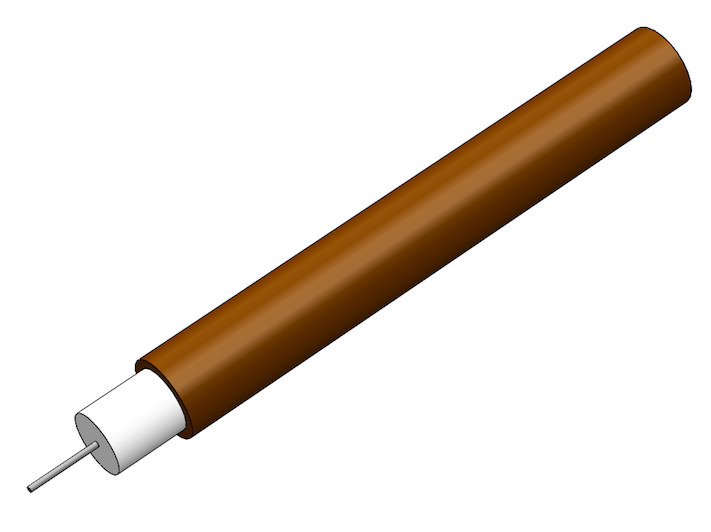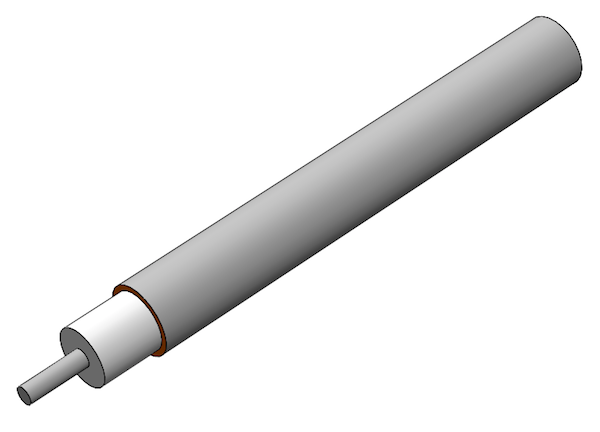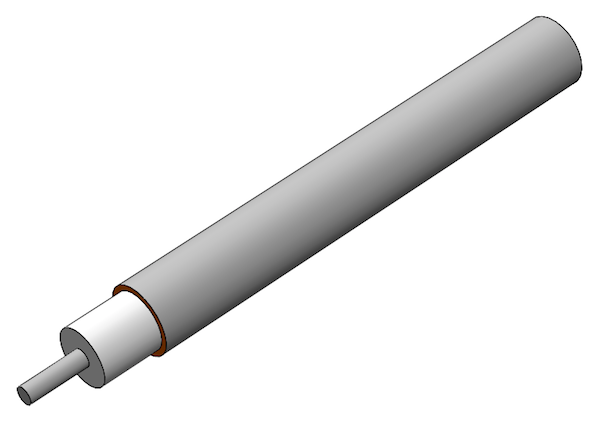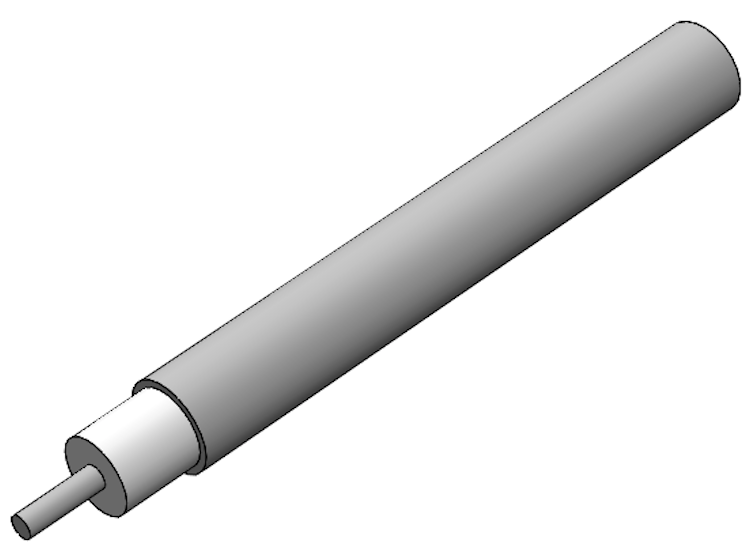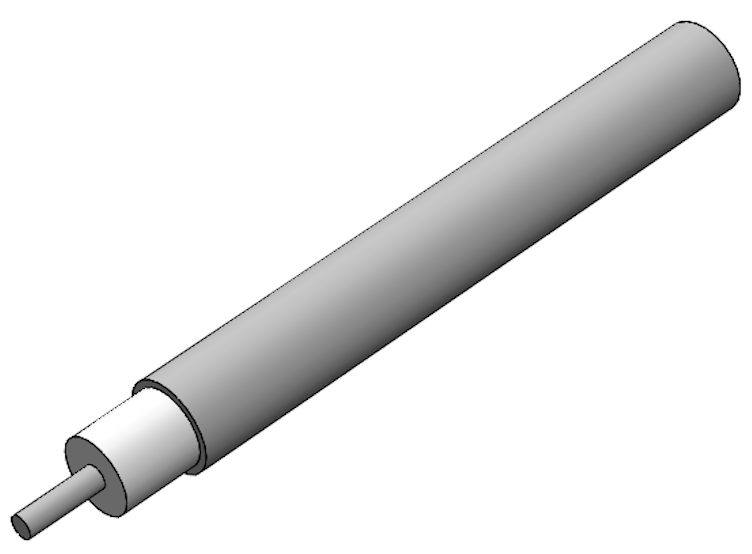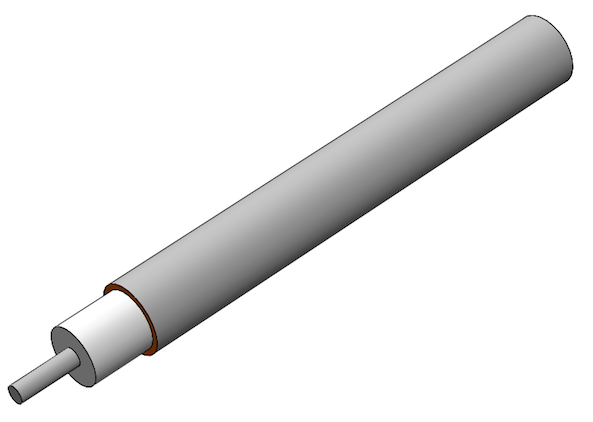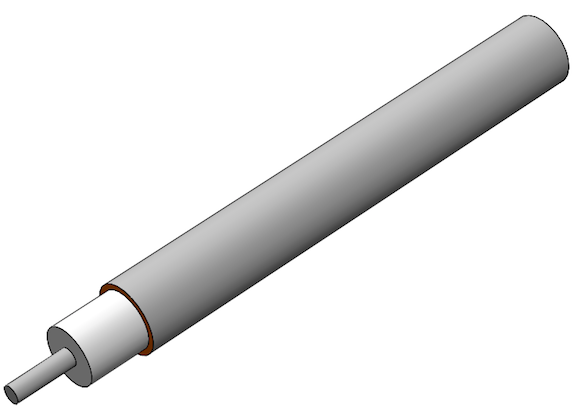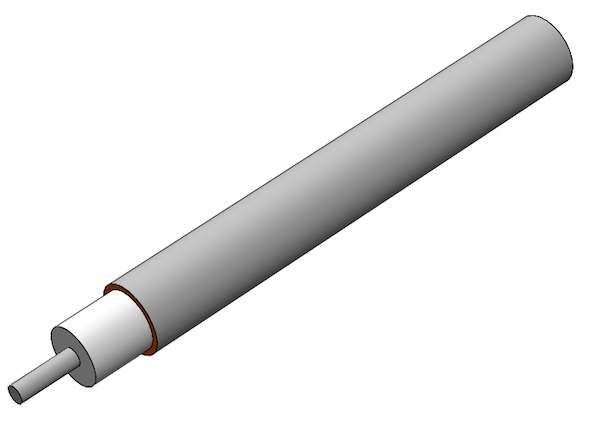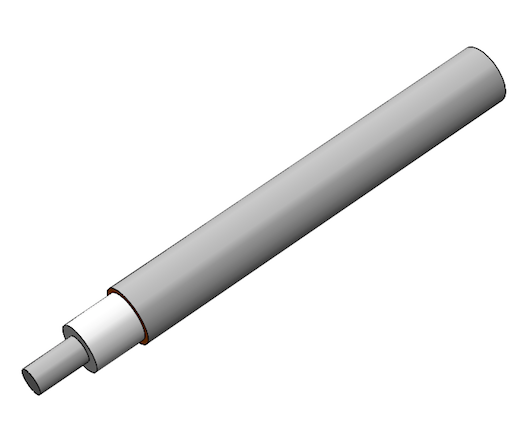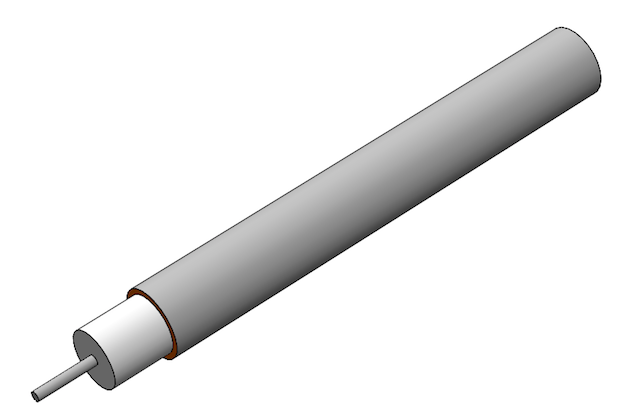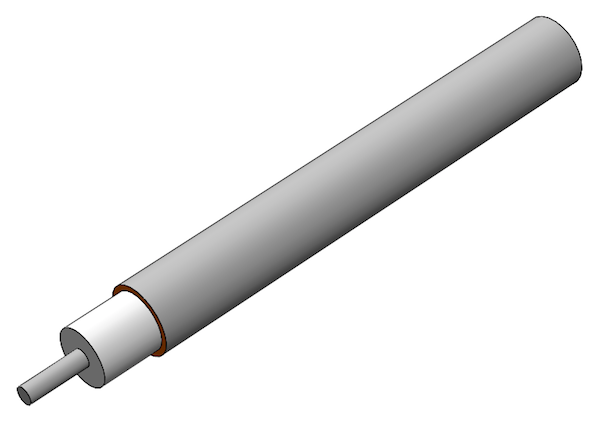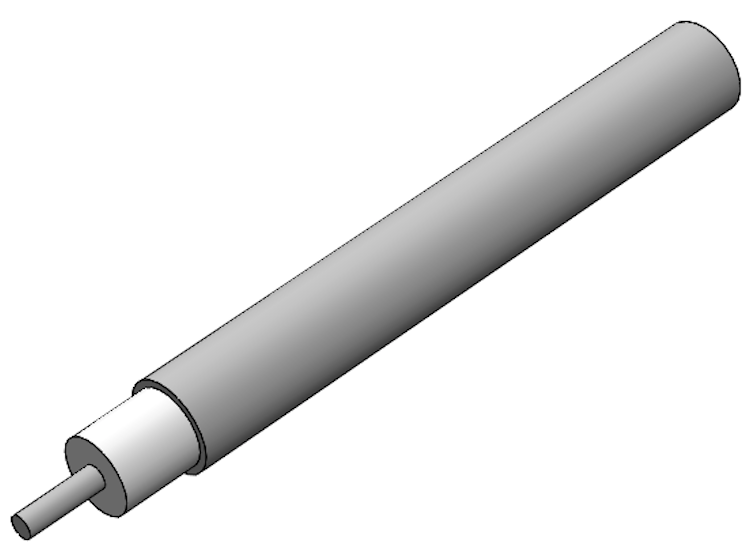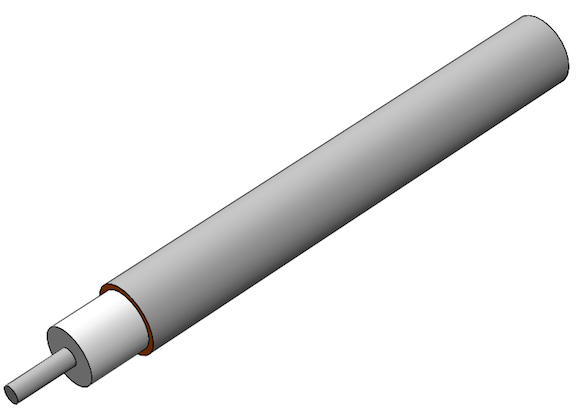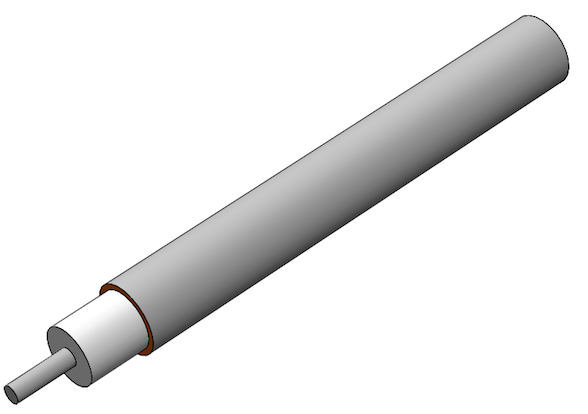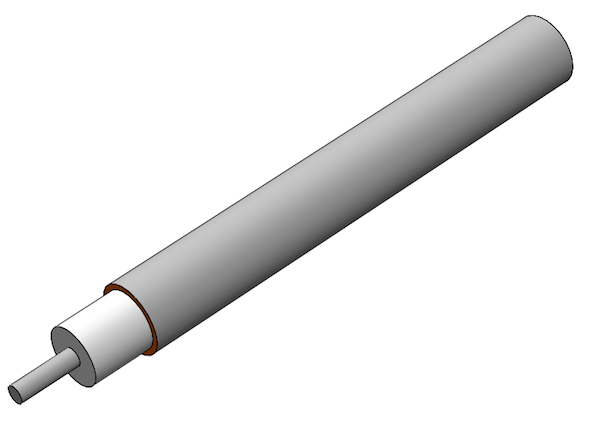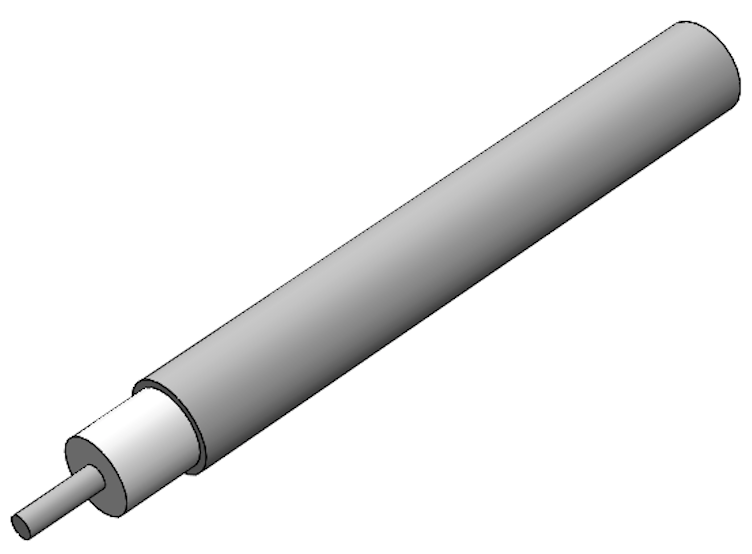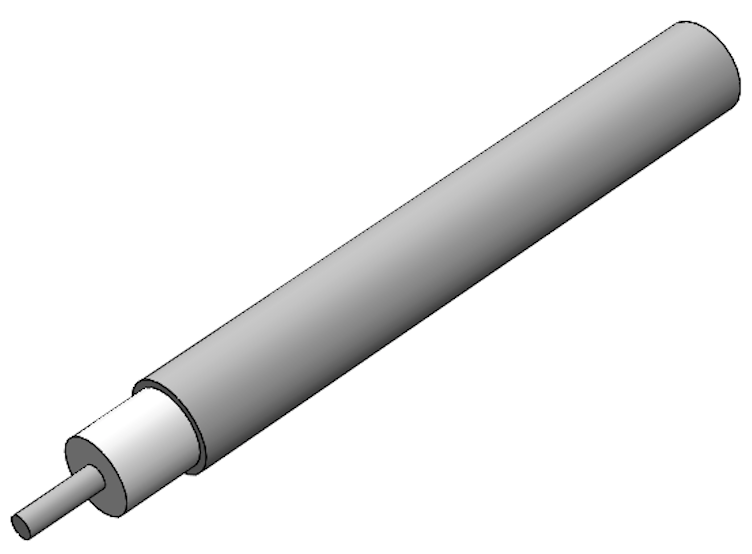Coaxial Cables
At EZ Form, we offer a wide range of coaxial cables, including semi-rigid, flexible, formable, and MIL-DTL-17 QPL coaxial cables. Our cables are manufactured to meet the highest quality standards, ensuring optimal performance and reliability.
Filters
Cable Type
Outer Conductor Diameter (in)
Nominal Impedance (Ω)
Outer Conductor Material
Dielectric Material
Center Conductor Material
Outer Plating Material
Jacket Material
Tags
Coaxial Cables: The Basics
Coaxial cable is a type of electrical cable that is commonly used for transmitting high-frequency signals. It consists of a central conductor, which is surrounded by an insulating layer, a metallic shield, and an outer protective covering. The name ‘coaxial’ comes from the fact that the central conductor and the shield share the same axis.
Coaxial cables are widely used for various applications, offering reliable transmission of high- frequency signals. There are different types of coaxial cables available, each with its own unique characteristics and applications.
- Semi-Rigid Coaxial Cable: This type of coaxial cable is known for its solid outer conductor, providing excellent shielding and stability. It is commonly used in applications where durability and precision are crucial, such as in aerospace and military industries.
- Flexible Coaxial Cable: As the name suggests, flexible coaxial cables offer flexibility and ease of installation. They are commonly used in residential and commercial settings, including TV and internet connections. The flexibility of these cables allows for easy routing and connection.
- Formable Coaxial Cable: Formable coaxial cables are designed to be easily bent and molded into specific shapes without sacrificing signal quality. They are commonly used in applications where cable routing requires tight bends or unique configurations.
- MIL-DTL-17 QPL Coaxial Cables for Military Applications: These coaxial cables are specifically designed and qualified for military applications. They meet the rigorous standards set by the MIL-DTL-17 specification and are used in various military systems and equipment.
